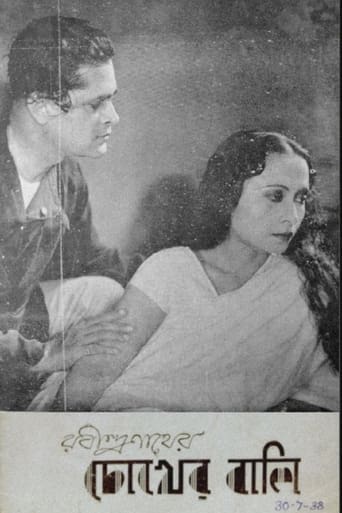
Satu Sen
Satu Sen was the first director of the National School of Drama and Asian Theatre Institute. In his memoirs he shared his working experience at the NSD. In his words, "On two occasions during my stay here, I was appointed as a juror to nominate the candidates for the Academy's Theatre Award. I was given the grave duty of being the director of the newly established institutions. My job included the role of the administrator, taking regular classes, teaching the art of acting, set-design, light projection and arts and aesthetics to the students. I had erected several large models various stages. Probably they have been conserved in some room of the School. I had put my efforts in collecting information about the various forms of acting from the various parts of India. I was very keen on researching about the forms of Bangladeshi jatra." Unfortunately, due to some difference of opinions with the SNA authority at Delhi, he left the NSD in 1961. Sen became assistant production manager and assistant technical director of the institute. In his subsequent travels to Europe he met and saw such renowned producers and directors at work as Vsevolod Meyerhold, Max Reinhardt, and Gordon Craig. On his return, he helped in the rescue operation of Sisir Bhaduri's ill-fated trip to New York. In the process he lost all his hard-earned savings and gaining the displeasure of those who had helped and sustained him during his stay in the USA. Sen came back to India in 1932. At that time Bengali theatre had begun one of its phases of decline, and the Bengali plays were not appreciated with full throttle. At the Rungmahal and Natyaniketan playhouses he set about reforming and remodelling production methods and practices which, after Bhaduri's earlier innovations, had lost their drive and shine. He pioneered nearly all aspects of modem stage presentation and most importance was given to lighting. He introduced what can be called psychological lighting, which contributed to the understanding of the actors' states of mind. He used lights of varying intensity from different positions and angles underlining the characters' changing moods, even focusing on zones with no actors. He designed his lighting schemes as aids to the plays' interpretation and progression. Sen also directed over thirty productions for different companies. Among them some of the notable are Mahanisha i.e. 'Dark Night' in 1933. In this play he first used the revolving stage. His other plays include Siraj-Ud-Daulah in 1938, Pather Dabi or 'Claim of the Road' in 1939, and Duipurush or 'Two Men' in 1942, as well as a few films, notably Sarbajanin Bibahotsab or 'Universal Wedding Festival' (1938). This was a farce of multiple play-acting scripted by Sachin Sengupta. In 1958, Sen became the first director of the National School of Drama. Sen died in the year 1978.
- Aha: Satu Sen
- Ewu ewu: 0.001
- Mara maka: Directing
- Ubochi omumu:
- Ebe amụrụ onye:
- Homepage:
- A makwaara Dị ka: Showtoo Sen

